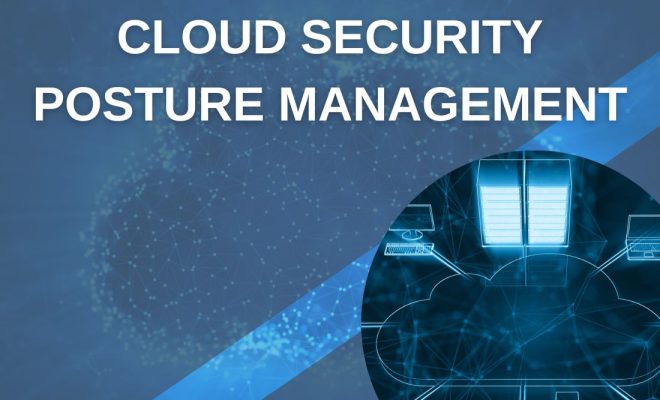Cybersecurity Best Practices: Safeguarding Your Digital Presence

In an age where our lives are increasingly intertwined with digital technology, cybersecurity is no longer just a concern for IT professionals—it’s a critical issue for everyone. From personal emails to social media profiles and financial transactions, our digital presence can be exploited if not properly protected. By adhering to a set of best practices, individuals and organizations can reduce their risk of cyber attacks and protect their digital information.
The following are crucial steps to safeguard your digital presence:
1.Use Strong, Unique Passwords: Create complex passwords that include a mix of letters, numbers, and special characters. Avoid using easy-to-guess passwords like “123456” or “password,” and never reuse passwords across different accounts.
2.Enable Two-Factor Authentication (2FA): Wherever possible, activate 2FA. This adds an extra layer of security by requiring you to confirm your identity using two different methods before gaining access to an account—even if someone acquires your password, they would still need the second confirmation to breach your account.
3.Regularly Update Software: Cybersecurity threats evolve rapidly, as do the defenses against them. Keep your operating system, applications, and any installed software up to date with the latest security patches and updates.
4.Beware of Phishing Scams: Be cautious when clicking on links or downloading attachments from unknown sources, since these are common tactics used in phishing scams designed to steal information or deliver malware.
5.Use Secure Networks: When accessing sensitive information, ensure you are on a secure network. Public Wi-Fi is often unsecured and can be a breeding ground for cyber attacks. Consider using a VPN (Virtual Private Network) for added security.
6.Back Up Data Regularly: In the event of a ransomware attack or data corruption, having backed-up data can be your saving grace. Make regular backups of important files and store them separately from your main systems.
7.Educate Yourself and Others: Stay informed about current cybersecurity trends and threats. Additionally, educate staff or family members about online risks and best practices.
8.Implement Security Software: Utilize antivirus software, firewalls, and email filters to help detect and block malicious activity before it can cause harm.
9.Enable Privacy Settings: On social media platforms and other online accounts, configure privacy settings to control the visibility of your personal information.
10.Monitor Financial Transactions: Keep an eye on bank statements and credit reports for unauthorized transactions which could indicate identity theft.
By adopting these cybersecurity practices, you can create strong defenses against many common cyber threats and significantly decrease the chances of becoming a victim of cybercrime.





